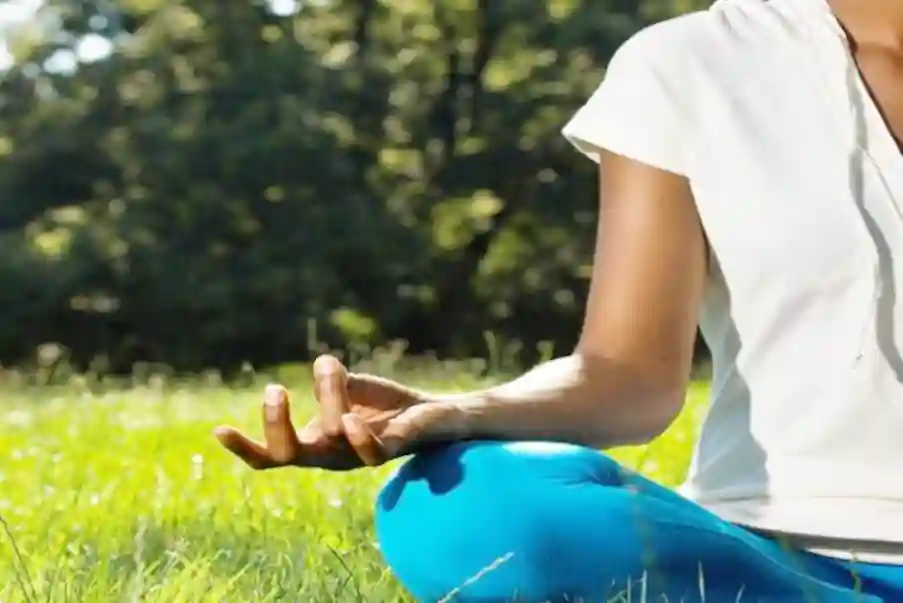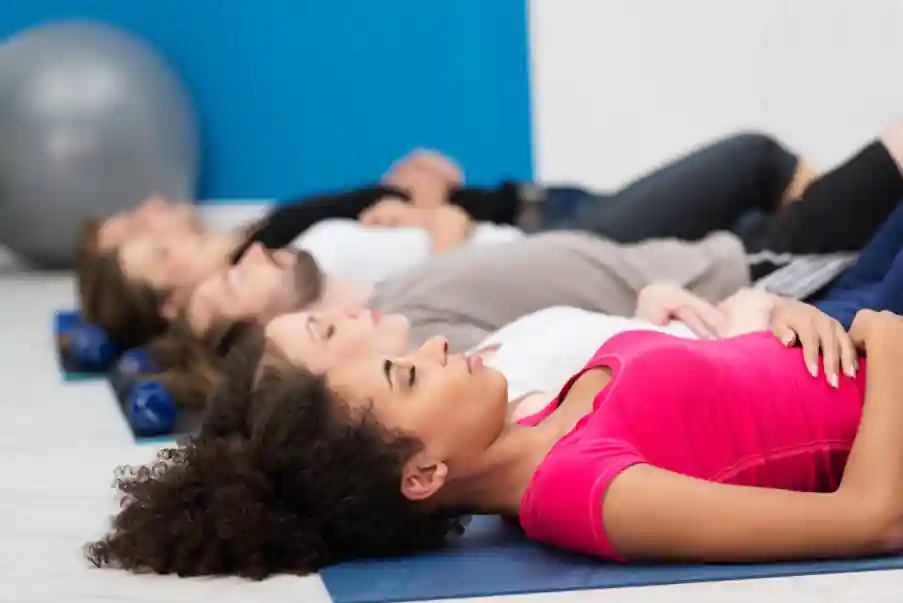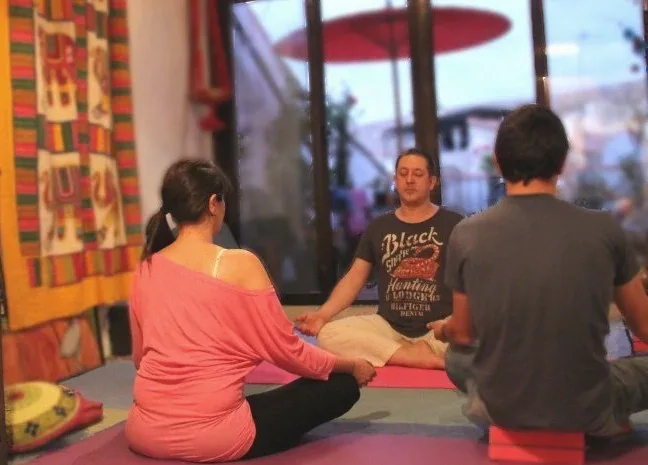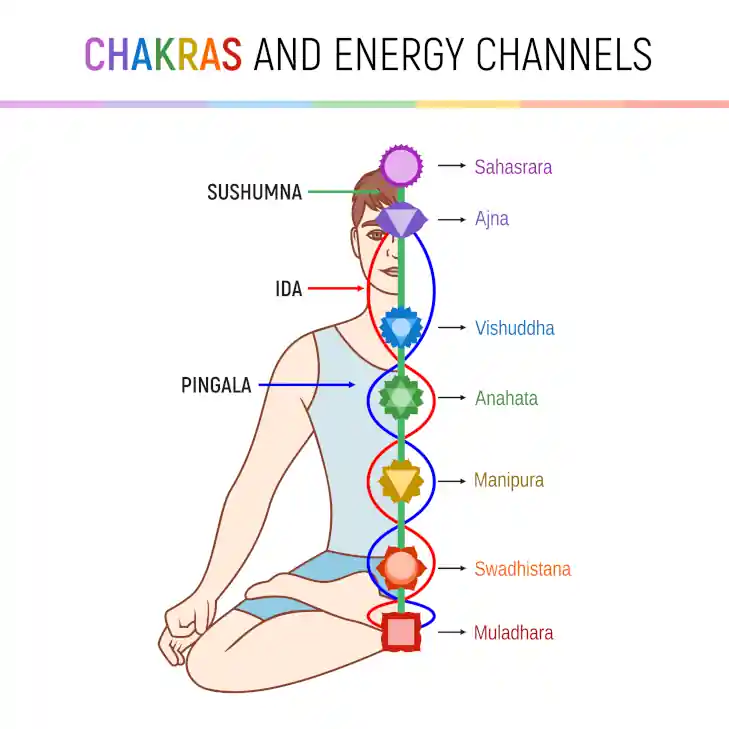
Nixtamalization Of Corn: Ancient Secret Of The Americas
Impossible to talk about beans (see previous post) without alluding to their twin sibling maize. Domesticated as long as 8700 years ago in the low-lands of what is now Oaxaca in southern Mexico, corn is not short on history. But when corn was introduced to the world by the Spanish, they left behind one vital ingredient
Nixtamal: Secret Of Ancient America
By reputation corn is considered a second-rate grain: relatively low in protein, high in carbs and lacking in key vitamins and other micro-nutrients. Think polenta, tasty only as its companion sauce
Now, consider Mexican tortillas fresh off the skillet. These also contain tasty fillings, but now they complement the delicious taste of corn which holds centre-stage. And with taste comes nutrition. This corn has more protein and a significantly greater range of vitamins and minerals. The difference? A 1500 year-old process unique to pre-colombian Central America: nixtamalization (more…)







